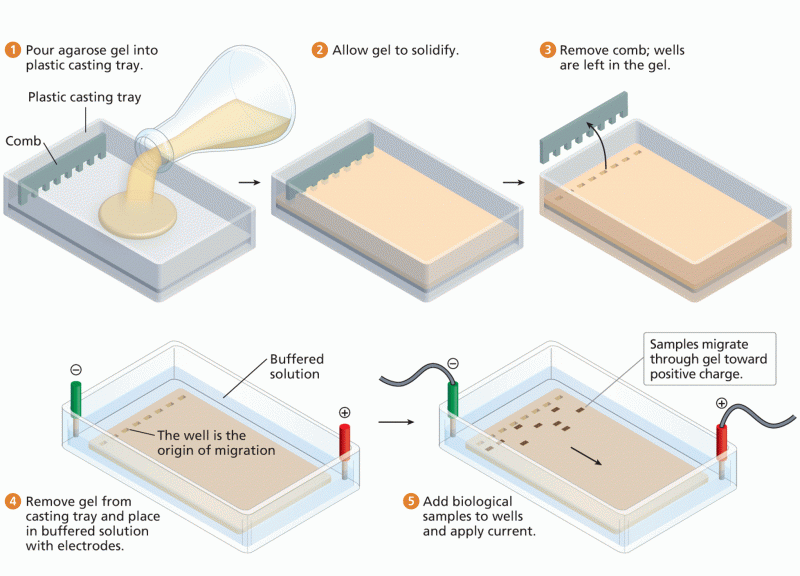Answer to Question 1
ANS: A
The research report usually begins with an abstract: a clear, concise summary of a study. Researchers hope their abstracts will concisely convey the findings from their study and capture the reader's attention so he or she will read the entire report.
Conclusions are presented at the end of the report. The research report usually begins with an abstract: a clear, concise summary of a study. Researchers hope that their abstracts will concisely convey the findings from their study and capture the reader's attention so he or she will read the entire report.
The framework is present later in the study report and tells about the foundation of the study. The research report usually begins with an abstract: a clear, concise summary of a study. Researchers hope their abstracts will concisely convey the findings from their study and capture the reader's attention so he or she will read the entire report.
The methodology is in the middle part of the report. The research report usually begins with an abstract: a clear, concise summary of a study. Researchers hope their abstracts will concisely convey the findings from their study and capture the reader's attention so he or she will read the entire report.
Answer to Question 2
ANS: B
The introduction section of a research report identifies the nature and scope of the problem being investigated and justifies the conduct of the study.
The discussion section tells the reader what the researcher thinks about the results of the analysis. The introduction section of a research report identifies the nature and scope of the problem being investigated and justifies the conduct of the study.
The methods section informs the reader of how the study was carried out. The introduction section of a research report identifies the nature and scope of the problem being investigated and justifies the conduct of the study.
The results section gives the outcome of the statistical analysis. The introduction section of a research report identifies the nature and scope of the problem being investigated and justifies the conduct of the study.







